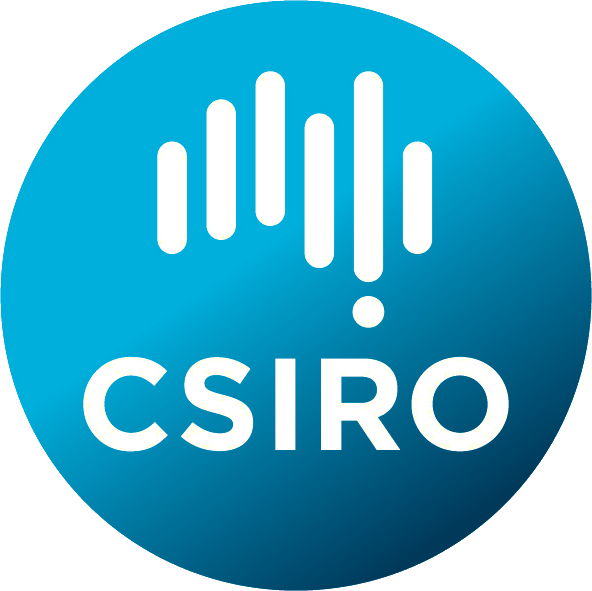Australian Tropical Rainforest Plants - Online edition
Guioa semiglauca (F.Muell.) Radlk.
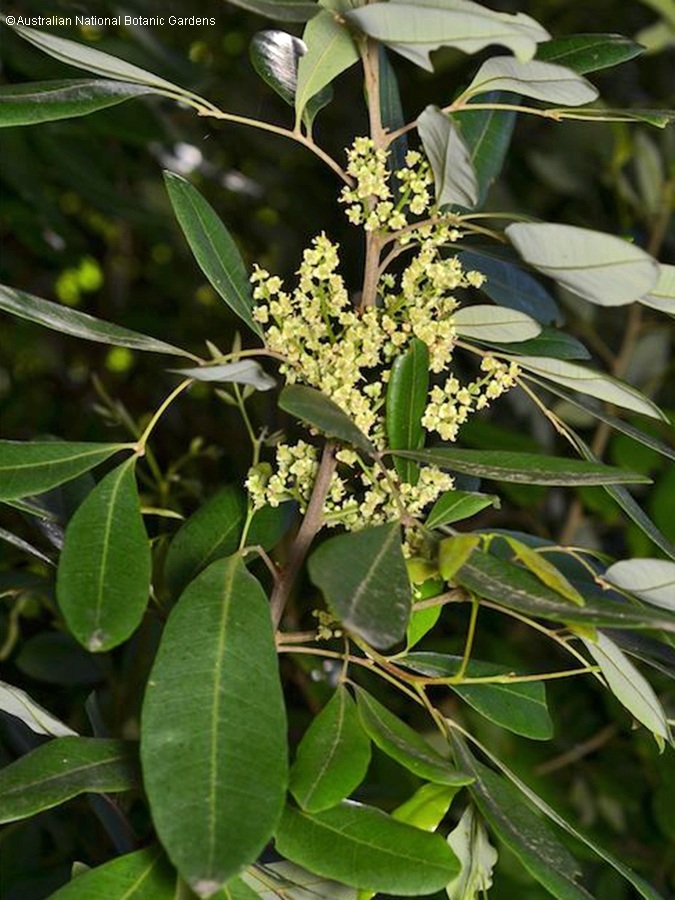
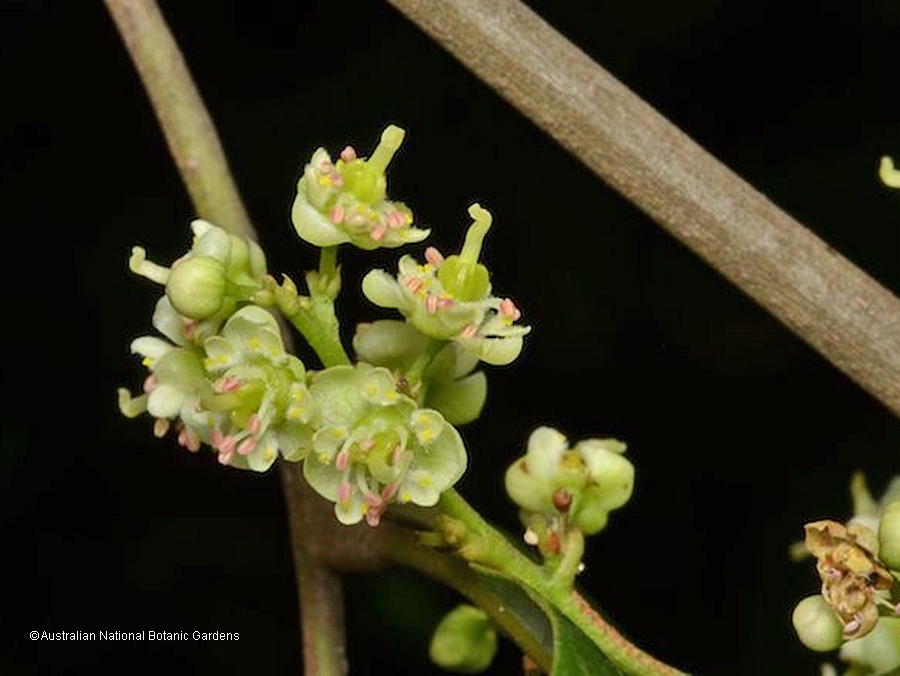

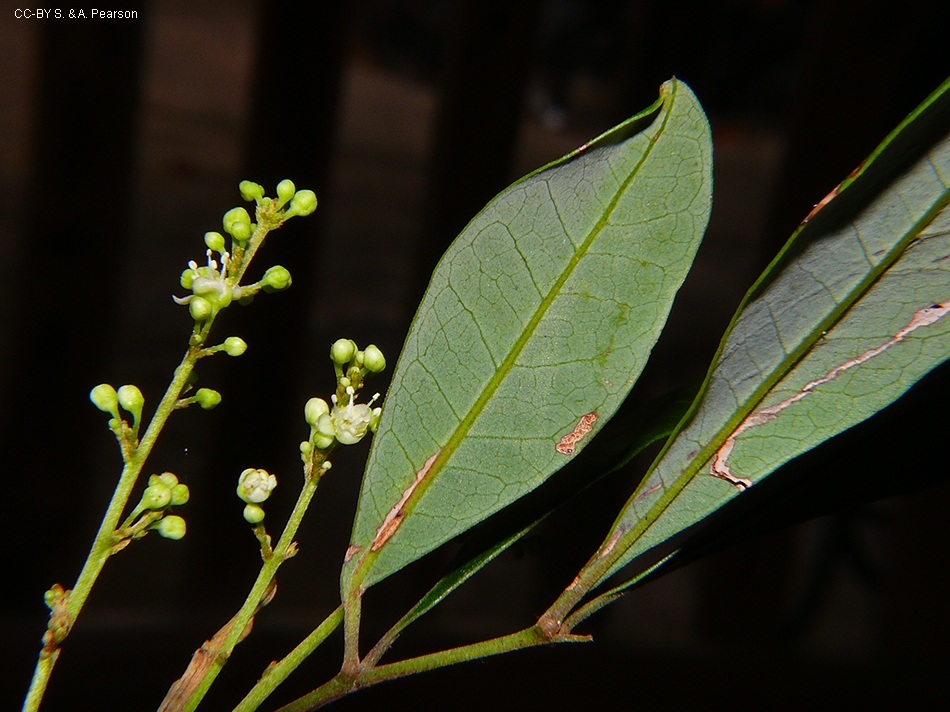


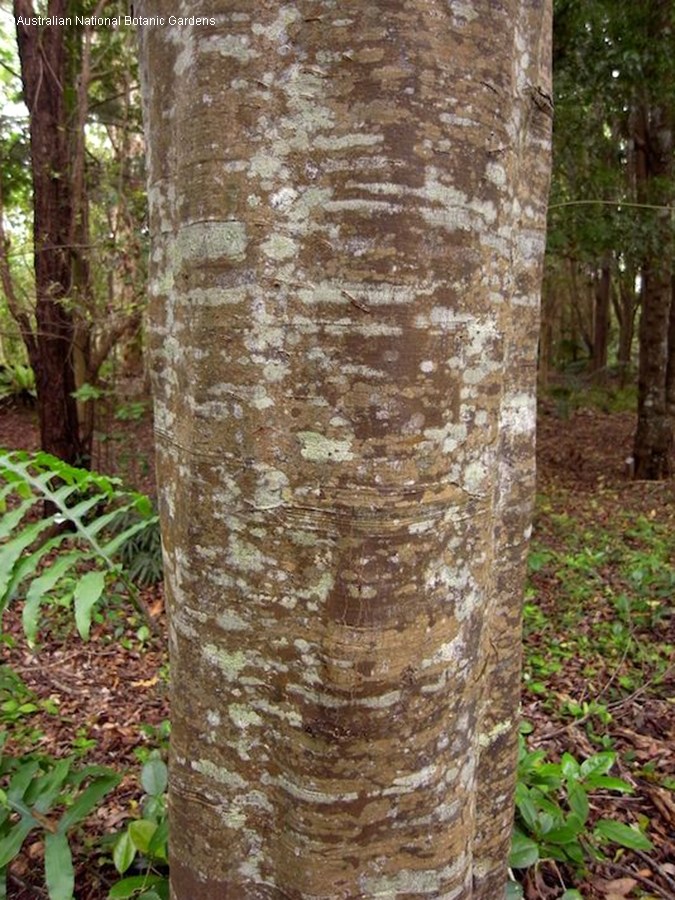
Radlkofer, L.A.T. (1879), Actes du Congres International de Botanistes .. Amsterdam for 1877: 107.
New growth red. Leaves alternate, pinnately compound. Stipules absent. Petioles 1-3 cm long. Leaflets 2-6, alternate, subopposite or opposite, terminal leaflet absent, rachis projecting beyond last leaflet. Petiolules 2-4 mm long, with a prominent pulvinus at base. Leaflet blades obovate to elliptic to narrow-elliptic, usually 3-9 cm long, 1.5-3 cm wide, base attenuate or cuneate, margins entire, apex acute or obtuse with a mucro. Domatia absent. Upper leaf surfaces hairless, lower leaf surface very sparsely hairy, dull pale grey-green, green-yellow or whitish. Lateral veins 7-12 pairs.
Inflorescences axillary, paniculate. Flowers functionally unisexual, monoecious, 5-merous, slightly zygomorphic, c. 4 mm diam. Calyx 5-lobed, connate at base, 1-2.5 mm long and wide, lobes unequal, green. Petals 5, free, petals subobovate-elliptic with slender claw, each petal with 2 hairy yellow scales about as long as or longer than petals. Male flowers with usually 8 strongly exserted stamens (anthers pink) and a rudimentary ovary; female flowers with usually 8 staminodes and a 3-locular superior ovary. Disc complete or incomplete.
Fruit a dry deeply 2 or 3-lobed capsule, 6-10 mm long and 8-15 mm wide, fruit ranging from green-yellow, grey-green, red-pink or brown. Seed 1 per valve, aril completely enclosing the seed, yellow or orange, connected at dehiscence via long attachment or tail.
Features not available.
Occurs in CEQ, from Eungella (W of Mackay) to south eastern Queensland and north eastern New South Wales. Common in regrowth and margins of rainforest, 500-900 m.
This profile information and associated coding has been adapted from Reynolds (1984, 1985) and Harden et al. (2014).

